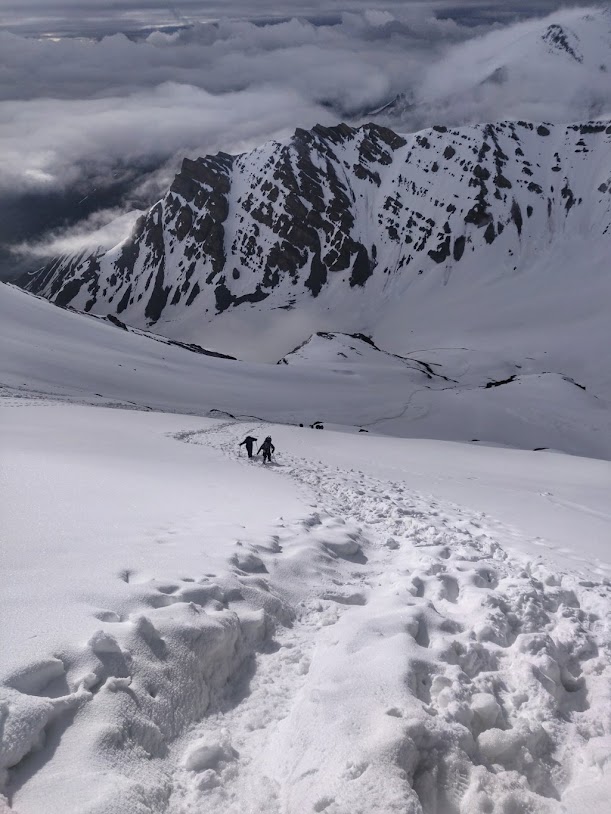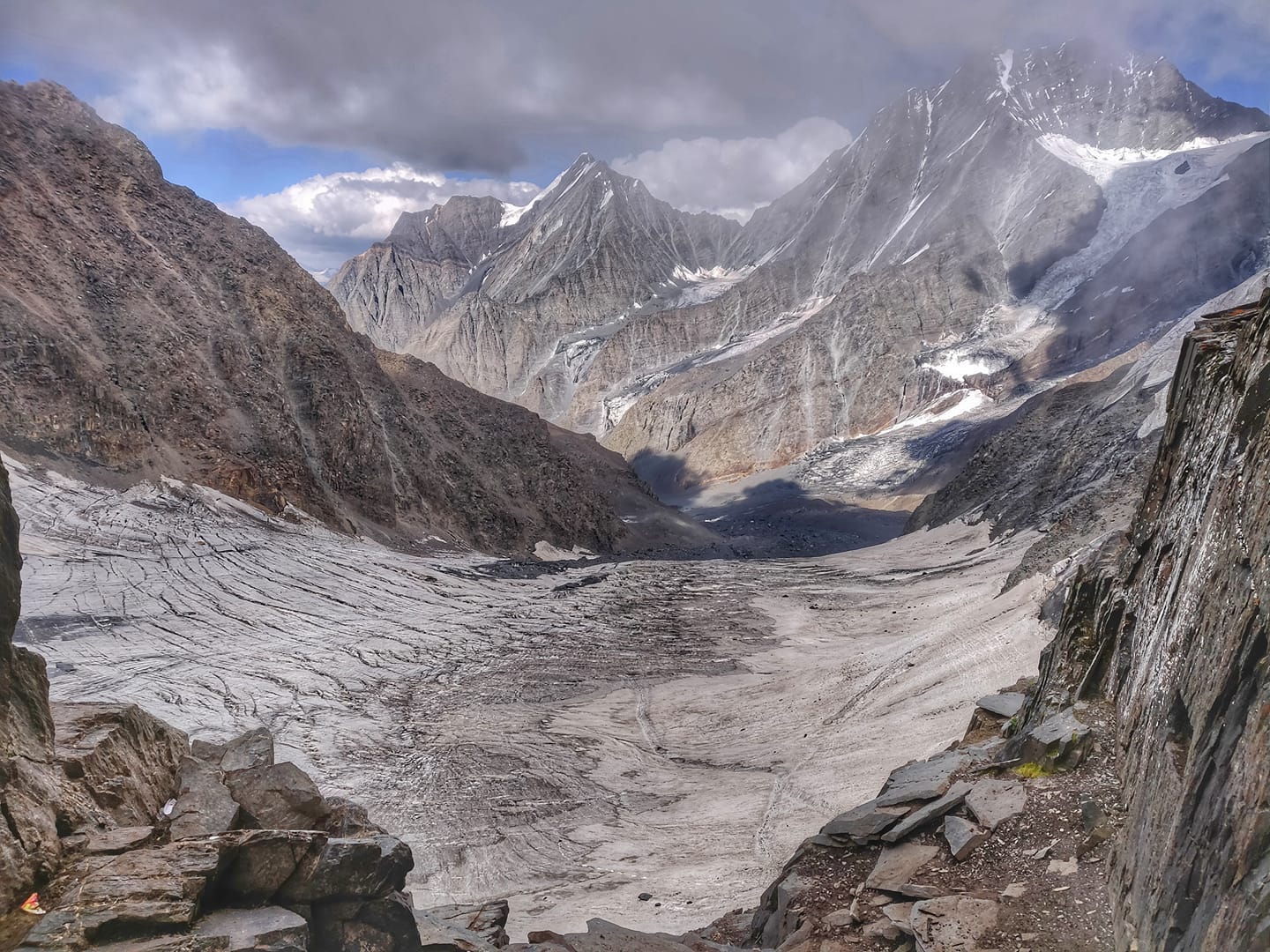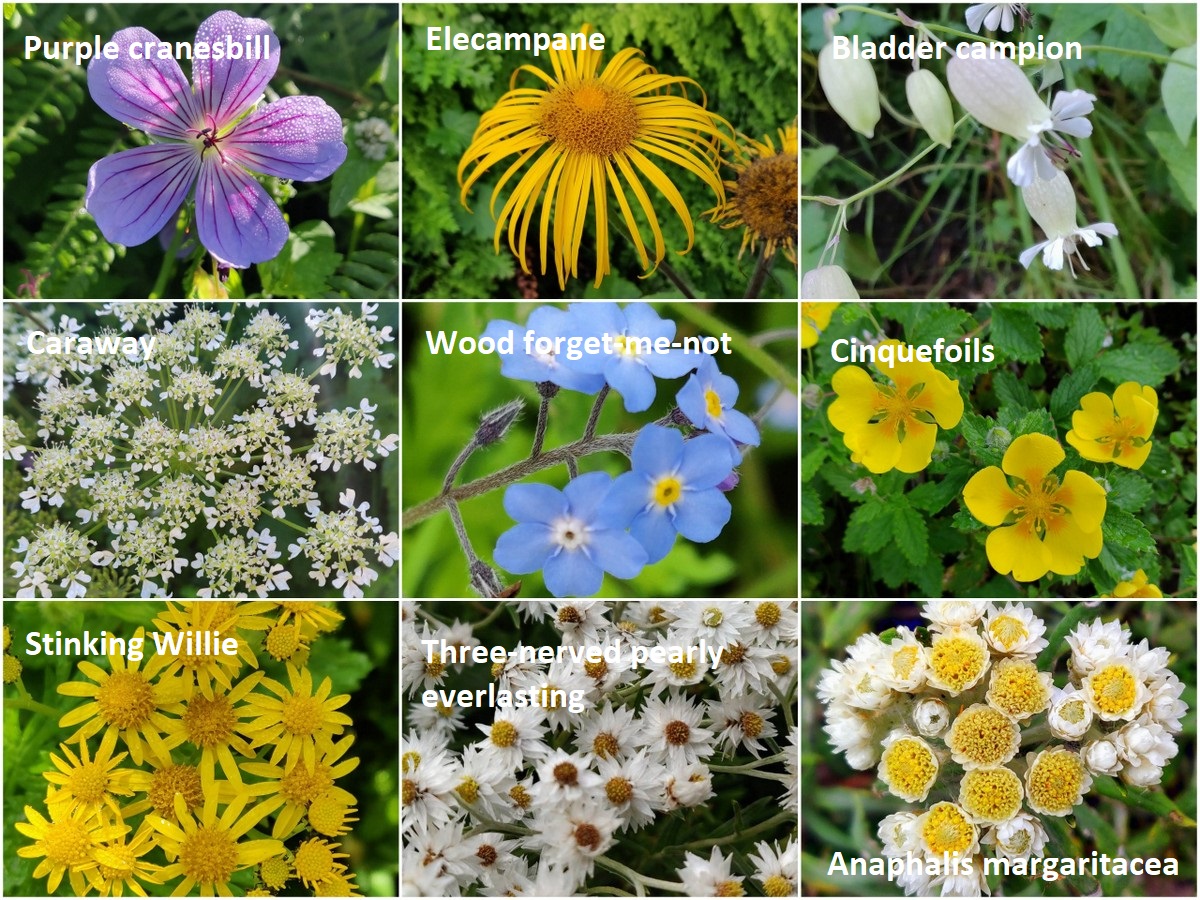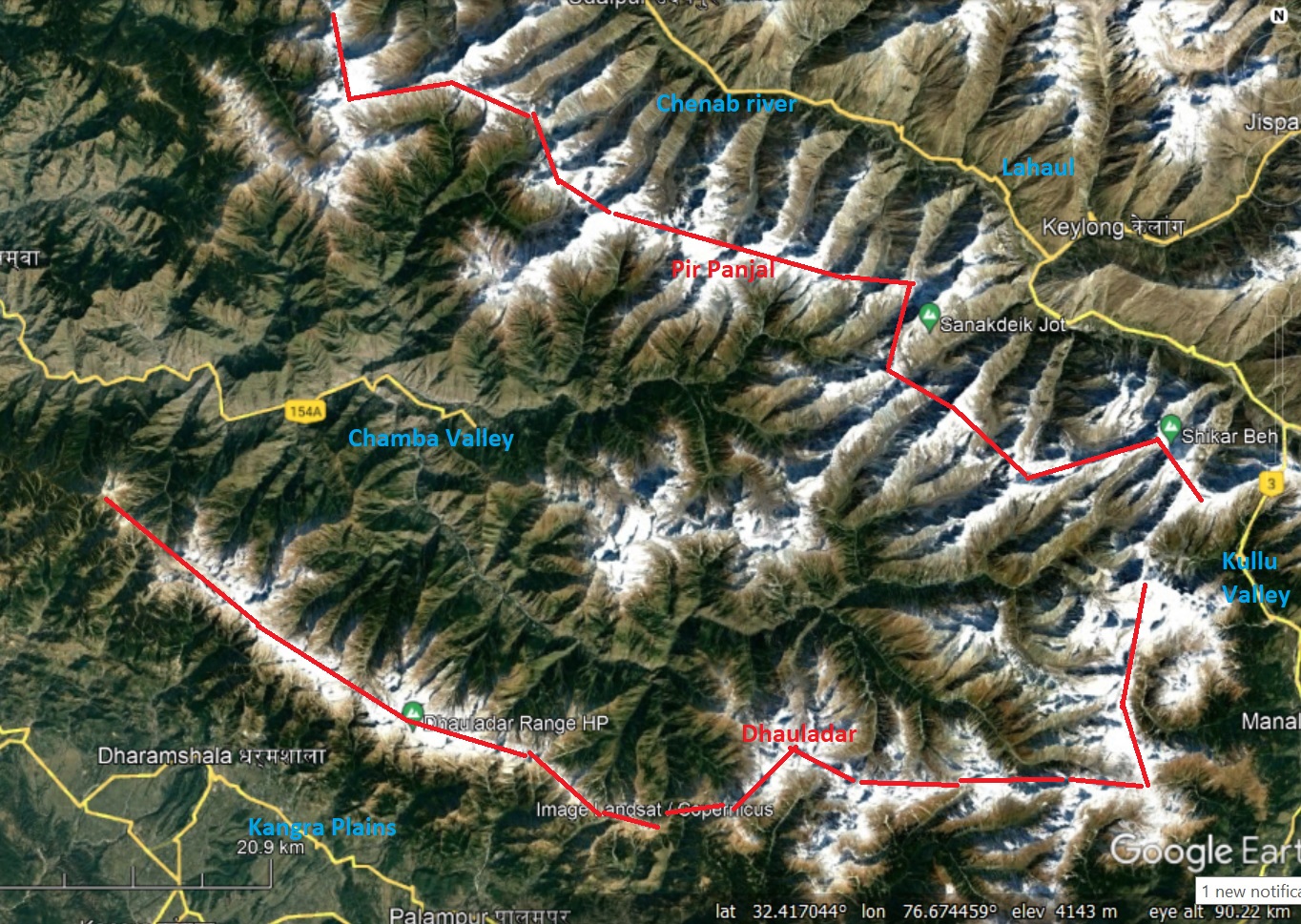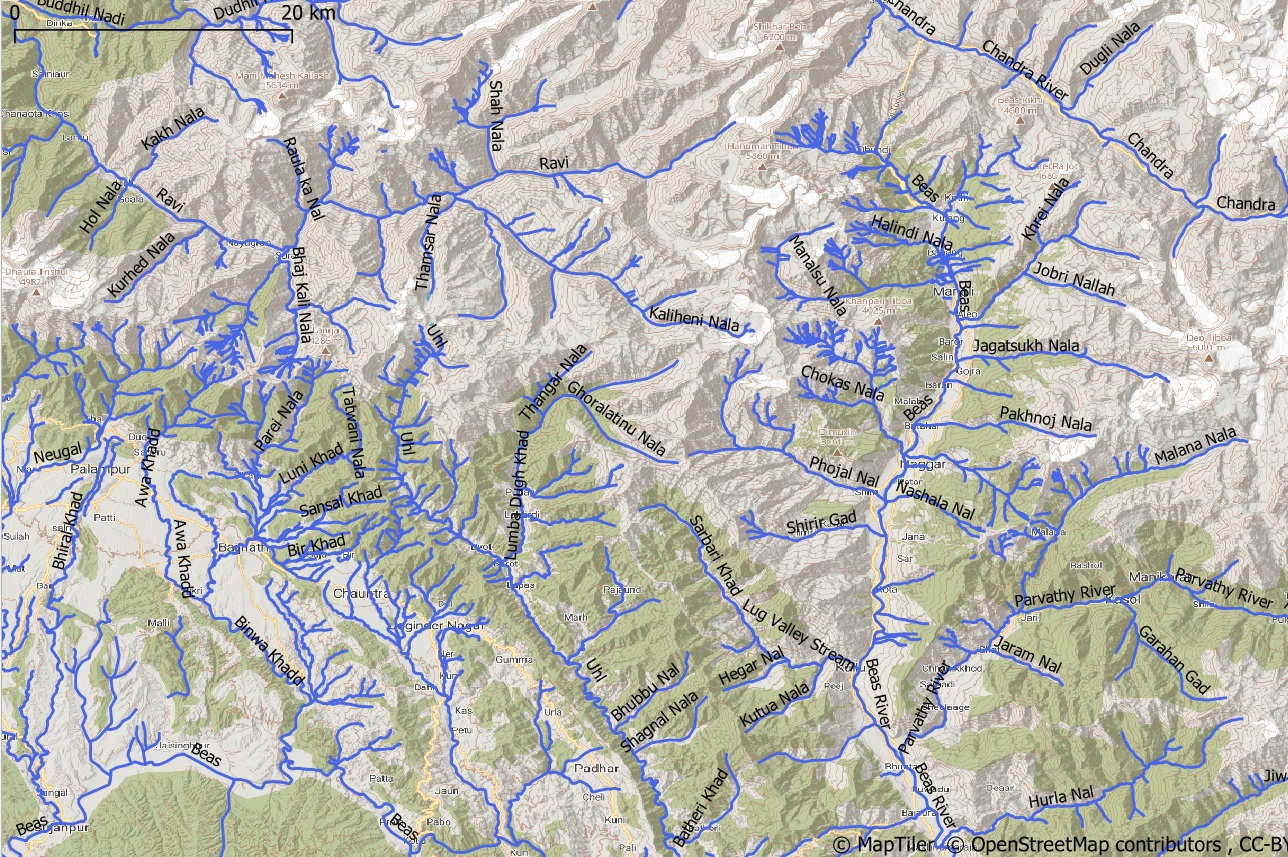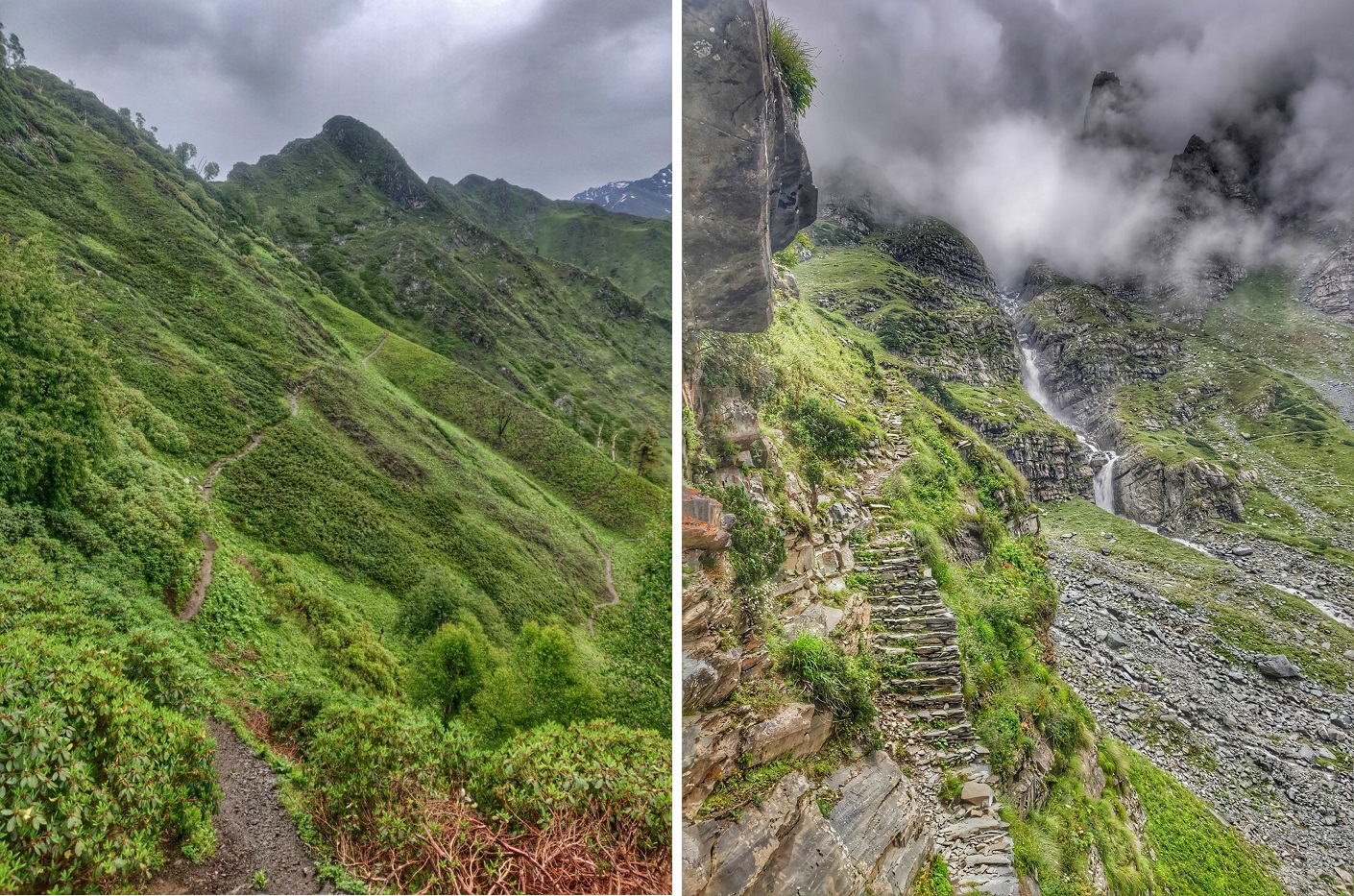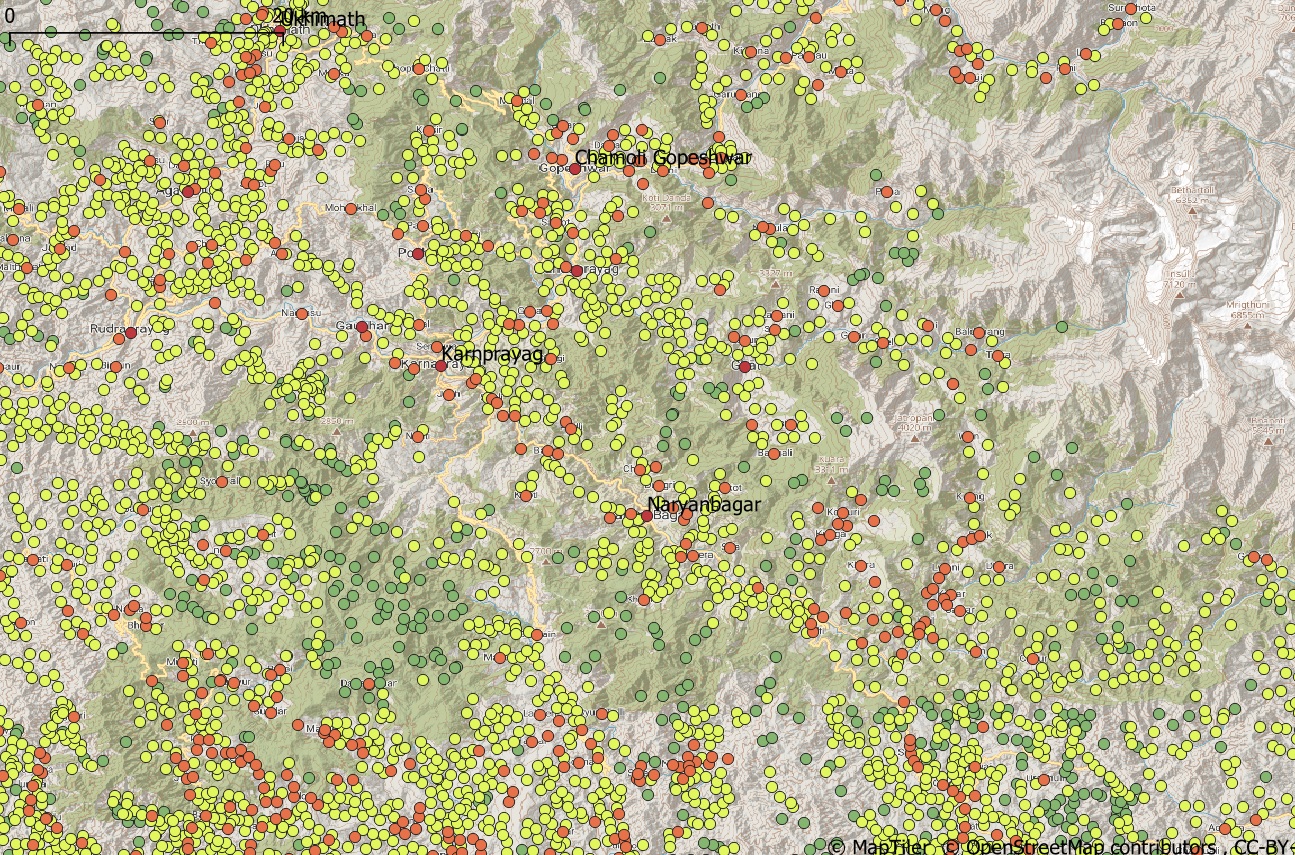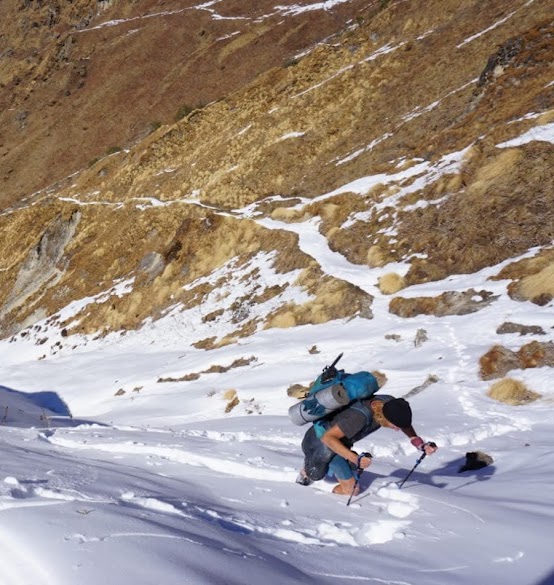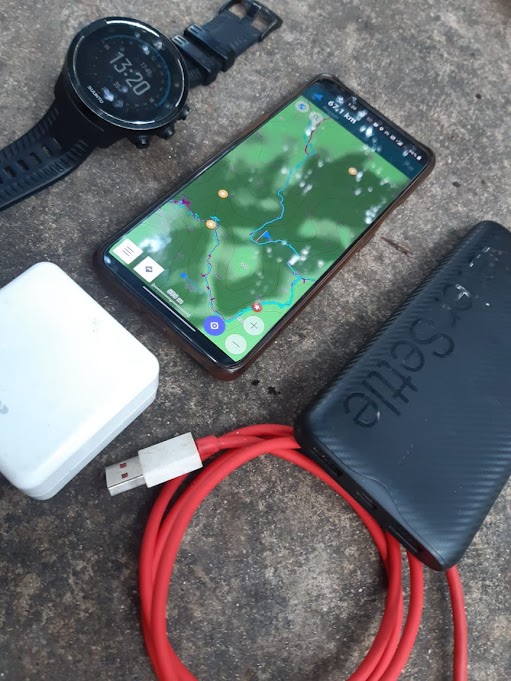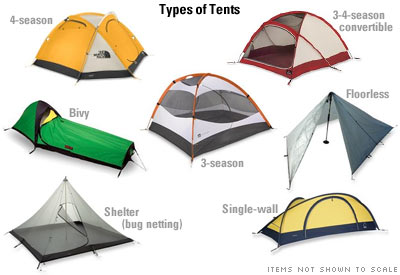Snow is no doubt one of the more interesting features in the Himalayan terrain. Where glaciers represent permanent ice, snow…
As we hike further above meadows at 3500-4000m altitude we enter into a world of rock and ice. There is…
Let’s take a closer look now at the different types of terrain we encounter while hiking in the Himalayas. At…
High ranges (also called “Dhar”) are distinct sets of connected high altitude ridgelines in the Himalayas which separate major valleys…
Valleys – formed by streams – are important features in the mountain geography for the alpine style hiker. Valleys can…
Trails (suitable for hiking) in the mountains exist for various reasons: Connecting neighboring villages in a valleyConnecting villages and meadows…
In the previous chapters we covered various important aspects of alpine style hiking. Chapter 1 covered different map sources to…
Aside the basic “must-carry” gears described in earlier modules there are a few more “technical” gears which can helpful in…
My primary device for navigation while exploring new regions in the Himalayas is my phone. It stores offline geo-referenced maps…
Another important item in your gear set is your shelter or tent. A tent mainly protects you from the weather…

